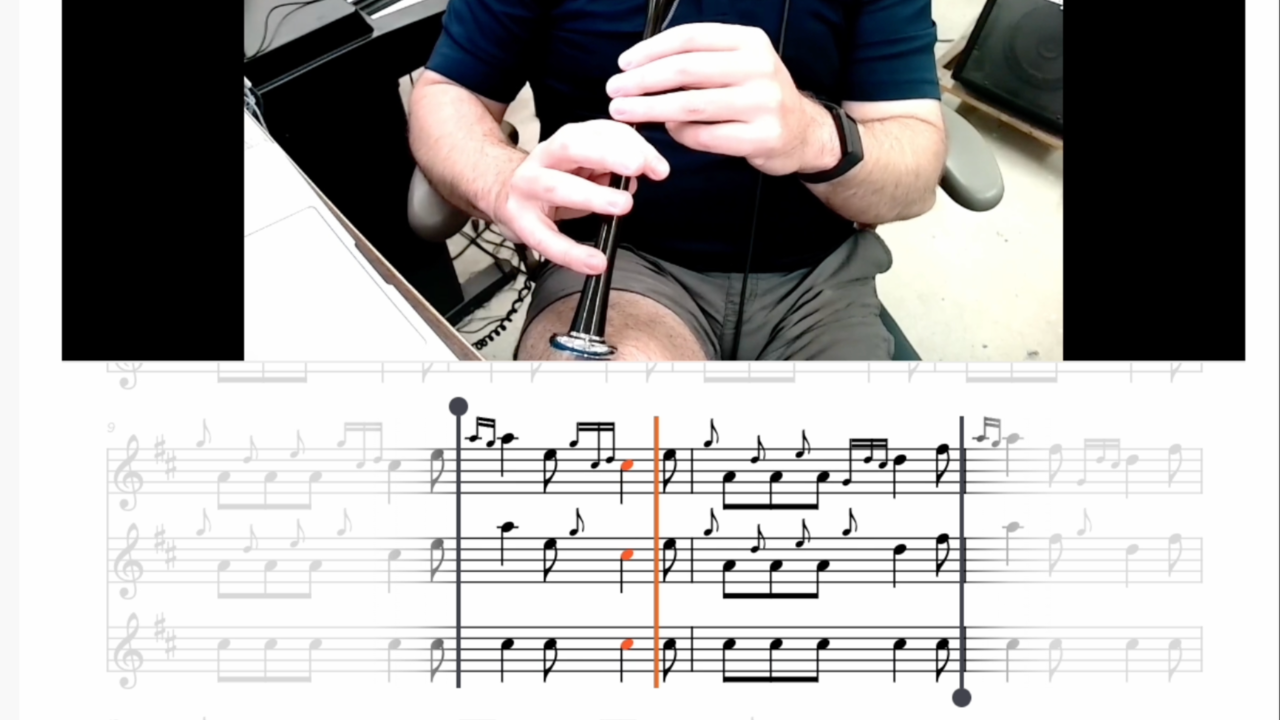How Do You Keep Your Bag Airtight?
May 22, 2024
When your pipes are airtight, you're well on your way to a bagpipe that's easy to play.
But have you ever experienced this literal sinking feeling? You blow up your pipes, ready to strike in and play for a great session. Then you hear a loud whoooosh, and feel your bag go spongey in your arms.
If you have a synthetic bag, you may be tempted to reach for the duct tape or tire repair kit as an interim solution. But the second that duct tape gets any heat, like your next gig on a warm day, you'll be toast. The simple fact is – you can't trust a synthetic bag once it fails.
So how can you check that your bag is airtight? Does the material of the bag matter that much? What kind of things can you do to get the longest life from your bag?
How do you check that your bag is airtight?
The first question of bagpipe maintenance is: “Is my bag airtight?”
You should quite literally ask yourself this every time you pick your pipes up out of the case.
If it’s been a while since you’ve played OR if you have any reason to suspect your bag may not be 100% airtight, do the following test:
- Grab four stock (size 3) corks.
- Take your bag cover off of the bag.
- Cork off the three drones stocks and the chanter stock.
- Insert any little mac / moose style valve one-way valves.
- Plug in your blowstick.
- Blow it up as tightly as you can.
- Put your hand around your lips to help your force as much air in as possible.
- Wait 30 seconds.
- Check to see if any more air can fit in the bag. If yes, is it less than half a breath?
The non-return blowpipe valve should keep the air tightly in the bag. Hopefully, after 30 seconds or so, the bag is still tight!
Why 30 seconds, and not 5 or 10 minutes?
If you want, you can leave it for 10 minutes, sure. But let’s say you’re noticing that your bag starts to deflate after 5 minutes. Is that a problem? Well, given we only have 3 or 4 seconds intervals between breaths when we’re playing, 30 seconds is more than ample to ensure your bag is airtight enough to be comfortable when playing.
How can I troubleshoot my bag’s airtightness?
If the bag isn’t airtight you’ll need to check all of the following. Try listening and feeling for air as you go.
- Ensure the stocks have been ‘tied in’ snugly. Do any stocks spin in the bag?
- Put your ear to the blowpipe when it’s blown up to make sure no air is leaking through the blowstick valve.
- If you’re playing with a hide bag, make sure it has been seasoned and/or primed as per the bag’s instructions! Re-prime Gannaway Bags and re-season other hide bags.
- If you’re playing with a synthetic bag, make sure the zipper is closed.
- Grease your zipper with silicone grease.
- Fix any problems and do the test above again.
- When the bag is not full inflated, just partially deflated and under your arm, it may leak air from the blowpipe – that’s because the flapper valve doesn’t always stay open. But if you’re playing an easy reed, you may not always have your bag completely inflated, which would make this a “fail point”. So you can listen to see if the flapper valve is losing air when you don’t fully inflate the bag too.
- The stocks are good to check too – move the stocks around, flex them in different directions, check for cracks while flexed to make sure they’re not leaking either.
Does the type of bag you play affect airtightness?
Plenty of factors could cause a bag to lose air. If you play a synthetic bag, you could have a “fail point” anywhere along the zipper, grommets, or stocks. Or you could find a leak if a stock is cracked, or your flapper valve is loose, faulty or worn out.
If you play a hide bag, you’ll have fewer “fail points” – their simpler design makes them more likely to last longer, and usually hide bags don’t fail due to leaks (unless they get “rot spots”). They’re more likely to simple degrade and get generally more spongey over time.
You may think this would mean I’d recommend a hide bag as the simplest choice. And 10 years ago, you’d have been right – I preached the benefits of pipers at all levels playing one.
These days, though, I believe the best bag for a beginner to play is a super simple, synthetic bag. It’s a cost–benefit observation. We want beginners to focus on their fundamentals, like having great starts and stops, good posture, good calibration, steady blowing, and the like. Especially for adult learners, who may not get around to playing everyday. But every time you need to stop and think about whether your bag is adequately holding air, you’re taking bandwidth away from stuff that you should be focusing on at that stage.
For intermediates, though – absolutely go for hide. A Gannaway bag, with no grommets or zippers, and that’s well tied in, is the best bet. Plus you’ll get a better harmonic response without the grommets – but that’s a different topic for another time!
The Piper’s Dojo Weekly Show brings you weekly advice about how to be a better bagpiper. Tune into our weekly livestreams on our Facebook page, subscribe to our YouTube channel or wherever you listen to your favorite podcasts!
Stay connected - subscribe to our free Weekly Digest!
Get bagpipe knowledge delivered to you every Monday! Tips and tricks, podcasts, special offers, and more.
We hate SPAM. We will never sell your information, for any reason.




